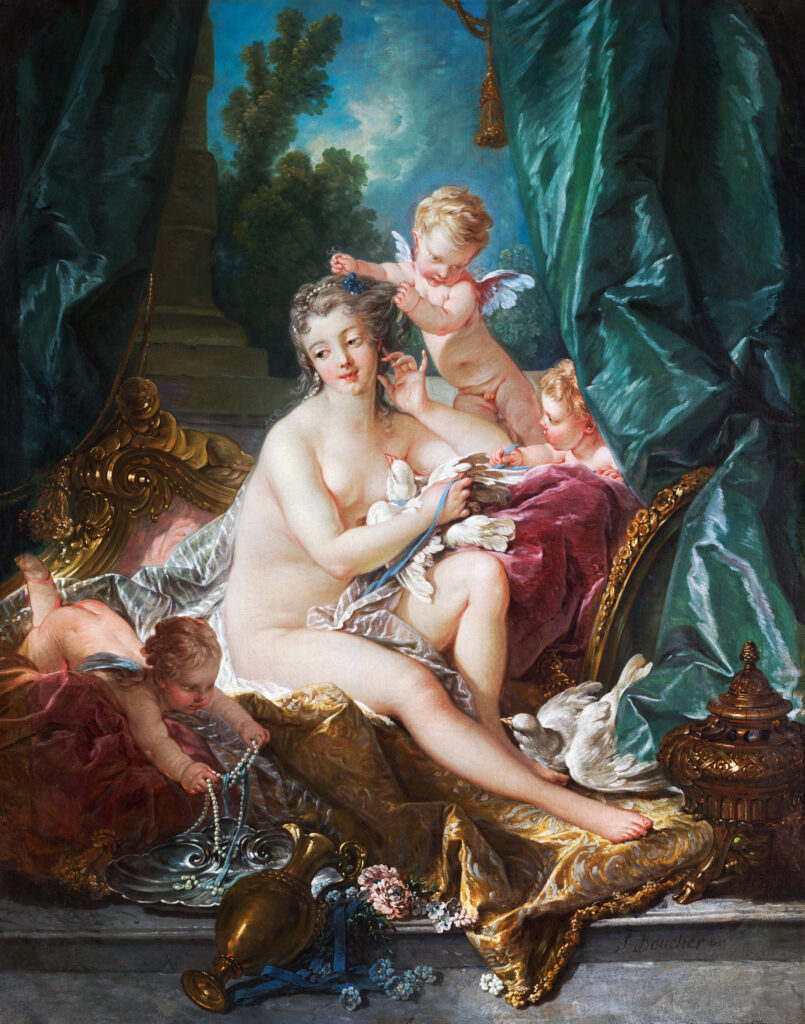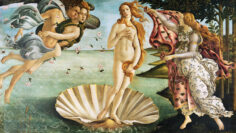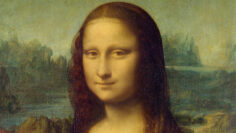The Toilette of Venus portrays the mythical goddess Venus and was commissioned by Jeanne-Antoinette Poisson, renowned as Madame de Pompadour, the principal mistress to King Louis XV of France and Boucher’s foremost patron.
In this painting, a nude woman elegantly sits on a lavish sofa, surrounded by winged putti and exotic metal ornamentation. Boucher’s rendition of Venus captivated audiences in the eighteenth century and continues to maintain its popularity in the twenty-first. Venus epitomizes a realm of fantasy—sensual, enticing, and just beyond reach.
At first glance, “The Toilette of Venus” seems fittingly situated in a setting befitting its mythological origins. However, closer scrutiny reveals a departure from the norm. Boucher’s Venus challenges the conventional representation of a mythological nude by incorporating the contemporary turquerie style, then at the height of fashion due to evolving cultural and economic conditions.
Applying twentieth-century visual theory to the painting unveils how Boucher skillfully blended elements from both genres, creating a unique fantasy image tailored exclusively for Madame de Pompadour’s new space in the Château de Bellevue.
The painting
Crackled oil paint in rich hues creates a lavish interior in the painting, where heavy silk curtains elegantly frame a nude woman seated upright on a finely carved sofa capturing the essence of the mythical goddess Venus. Leather-draped doves nest nearby, while winged putti playfully interact with her hair. In her private suite, adorned with luxurious furniture and opulent decor, Venus’s silhouette is set against a classical garden subtly visible in the background.
Undoubtedly, “The Toilette of Venus” is a visually striking image. On a neutral museum wall, illuminated by spotlights, the opulence of her surroundings captivates as something new and intriguing. The luxurious, jewel-toned backdrop and intricate gold details appeal to the contemporary museum-goer. Yet, to the aristocrats of the eighteenth century, these elements were integral parts of broader genres and subjects. Within the intimate confines of the Château de Bellevue, Venus not only reflected but also magnified her surroundings.
Boucher’s portrayal of Venus garnered attention in the eighteenth century, and its popularity endures into the twenty-first. Venus’s image graces book covers, and her form becomes the focus of numerous academic articles. Boucher’s Venus is omnipresent on items ranging from cell phone cases to museum gift shop tote bags, having traveled from New York to Paris, St. Petersburg, and now Tokyo.
About François Boucher
François Boucher, born into a family of artists in Paris, received early training in painting from his father. In his youth, he worked under Jean de Jullienne, creating etchings based on the works of Antoine Watteau.
Boucher honed his skills as a draftsman and printmaker, talents he consistently employed throughout his artistic journey. During his travels to Italy in 1728, he immersed himself in the works of Baroque masters and Dutch landscape painters.
In 1734, Boucher gained admission to the Académie Royale de Peinture et de Sculpture as a history painter, establishing connections with prominent figures in society. His artistic prowess quickly gained recognition, making him the most sought-after artist for grand mythological scenes.
The Parisian elite were captivated by Boucher’s creations, leading him to dedicate extensive hours, sometimes up to twelve per day, to meet the soaring demand. By 1765, Boucher attained the prestigious positions of the first painter to King Louis XV and director of the Académie Royale, solidifying his status as a preeminent artist in France.





